1. Licking Their Lips or Yawning Excessively
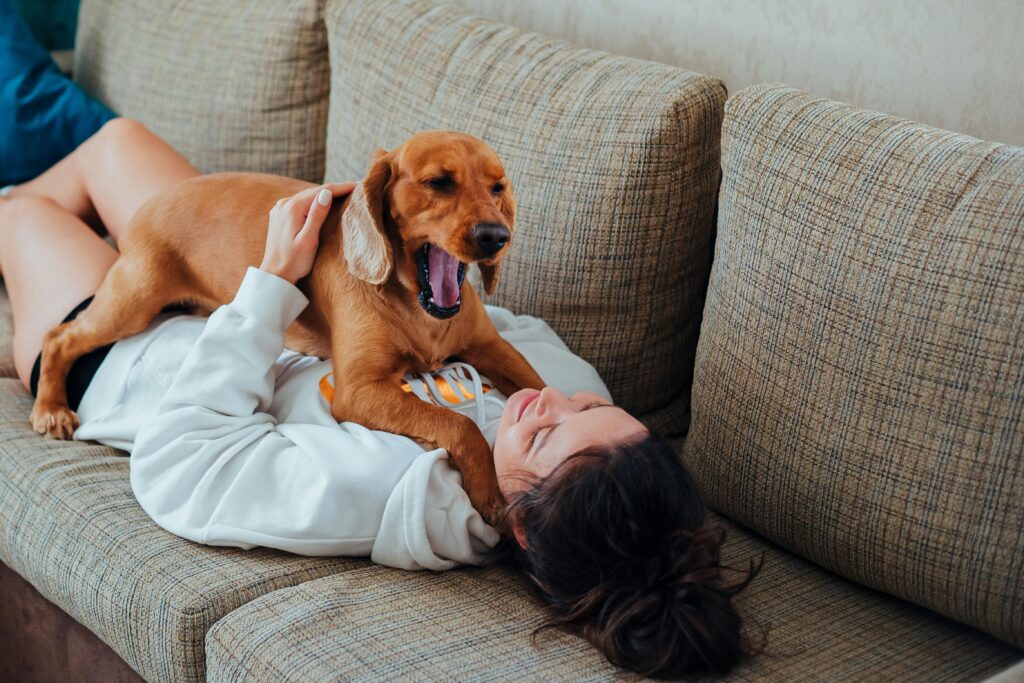
Both of these can be signs of anxiety or discomfort in dogs. If your dog is licking their lips or yawning repeatedly, especially after you’ve scolded them or missed a routine walk, they could be stressed or upset. Be sure to recognize and acknowledge if something is off with their usual routine and comfort them as needed.
2. Avoiding Eye Contact
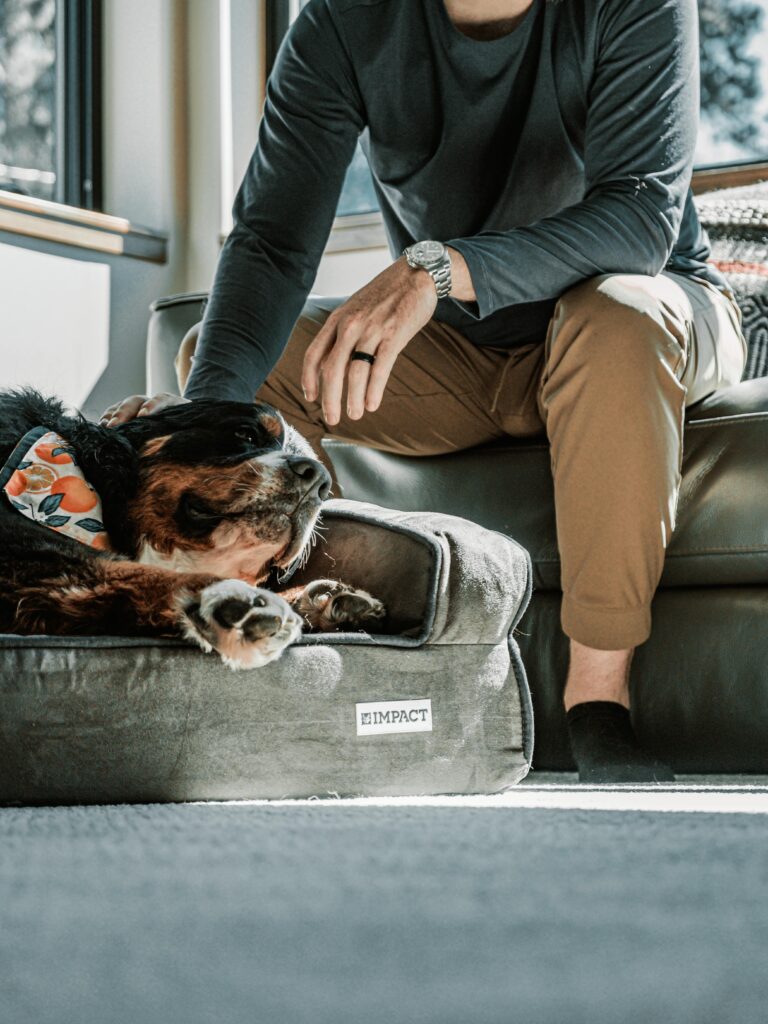
Dogs are great at reading human emotions, and if your dog refuses to look at you, it’s a signal they may be mad. Try approaching them calmly, speaking softly, and giving them space to come around on their own terms.
3. Turning Their Back on You

A dog turning their back on you, especially when they’re usually affectionate, could be a sign they’re upset. It’s their way of saying, “I don’t want to engage with you right now.” Give them time to cool off before approaching.
4. Refusing to Take Treats

If your dog suddenly loses interest in treats or their favorite snack, they might be feeling a little salty. Try to figure out if you’ve done something that upset them—maybe you left them alone too long or skipped a walk.
5. Pouting or Sulking

Yes, dogs can pout! If your dog is lying around with a sad expression or acting withdrawn, they might be mad. Offering some playtime or a belly rub can go a long way in cheering them up.
6. Destroying Things

A dog that starts chewing up shoes or furniture might not just be bored—they could be venting frustration. Make sure they’re getting enough mental and physical stimulation, and try to redirect their energy into positive activities like play or training.
7. Hiding
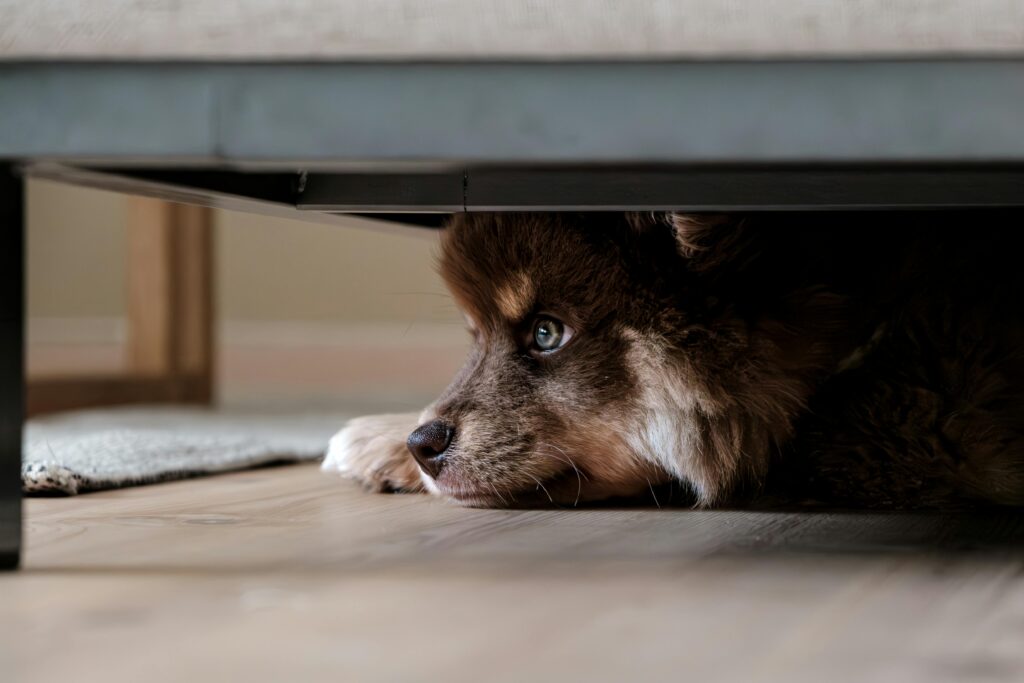
When dogs feel mad or stressed, they might hide under furniture or in their favorite quiet spots. If you notice your dog is avoiding you by hiding, they might need some alone time before they’re ready to forgive and forget.
8. Excessive Barking
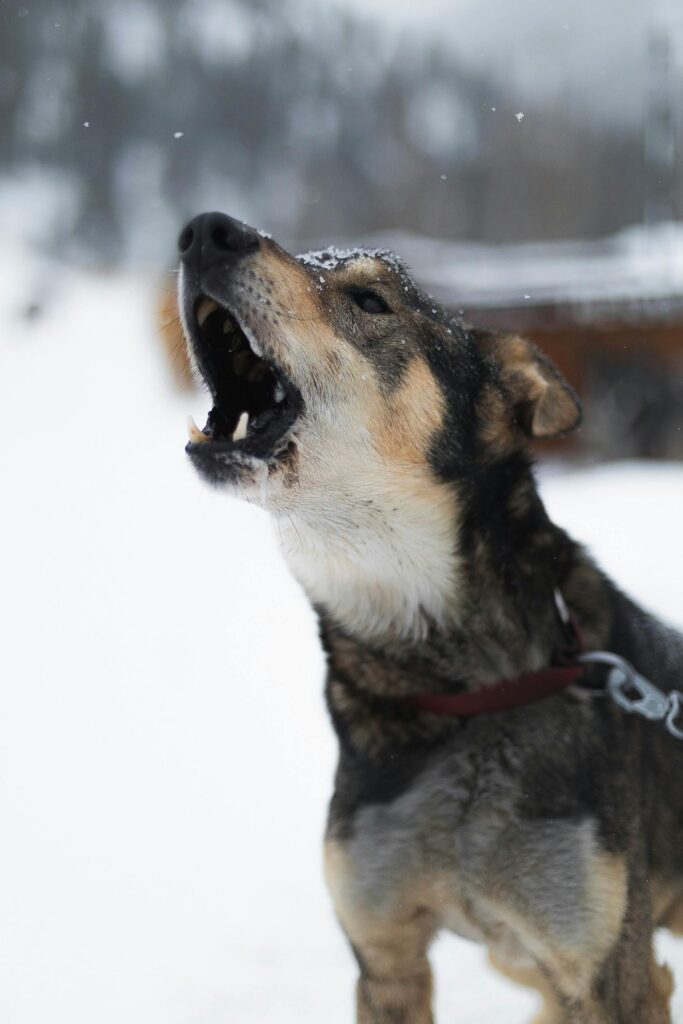
If your dog is barking more than usual, especially at you, they might be trying to tell you something. This could be a sign that they’re frustrated or upset, so try to figure out what’s bothering them and address the root cause.
9. Refusing to Play

A dog that’s mad might lose interest in their favorite activities. If your playful pup suddenly won’t chase the ball or join in a game, it could be because they’re upset. Try to make amends by engaging them with a new toy or a longer walk.
10. Ignoring You
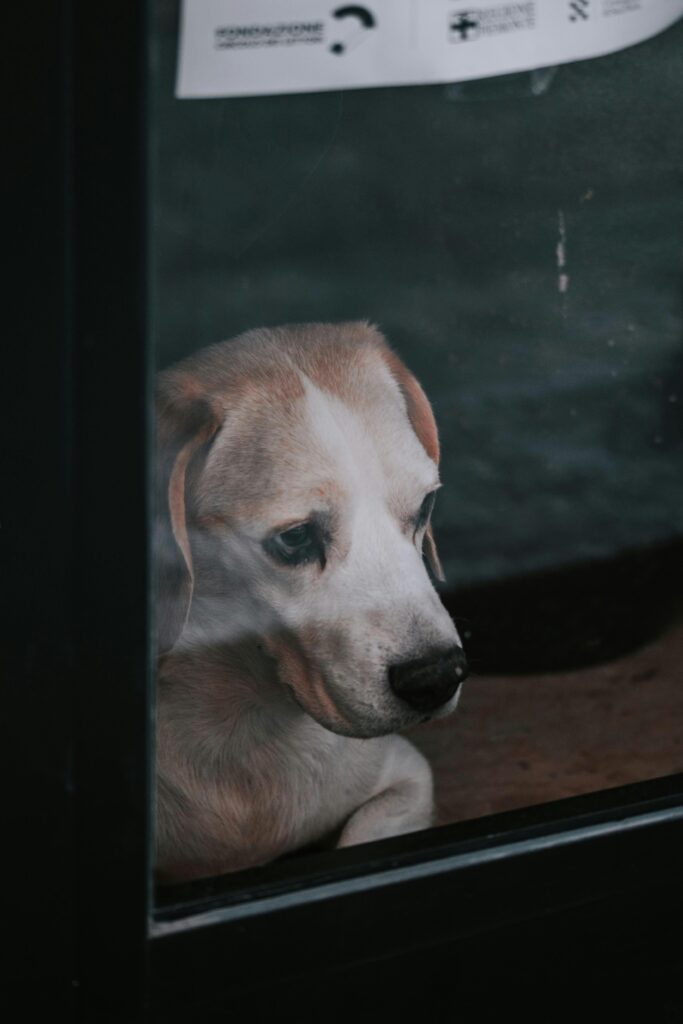
If your usually affectionate dog suddenly starts giving you the cold shoulder, they might be upset. Dogs will sometimes ignore you on purpose when they’re feeling slighted. What to do? Offer some gentle attention and see if they warm up!
11. Peeing in the House
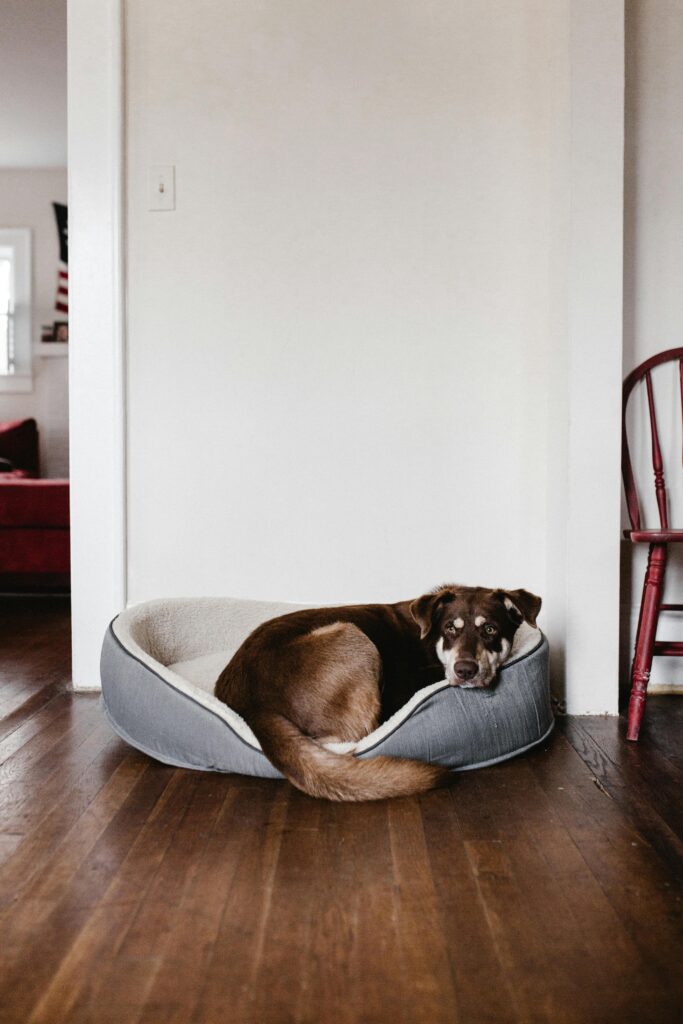
Dogs that are house-trained but suddenly start peeing indoors might be trying to send a message. While this behavior is frustrating, it’s important not to scold them further—figure out what’s upsetting them and work on getting things back to normal.
12. Shaking or Trembling
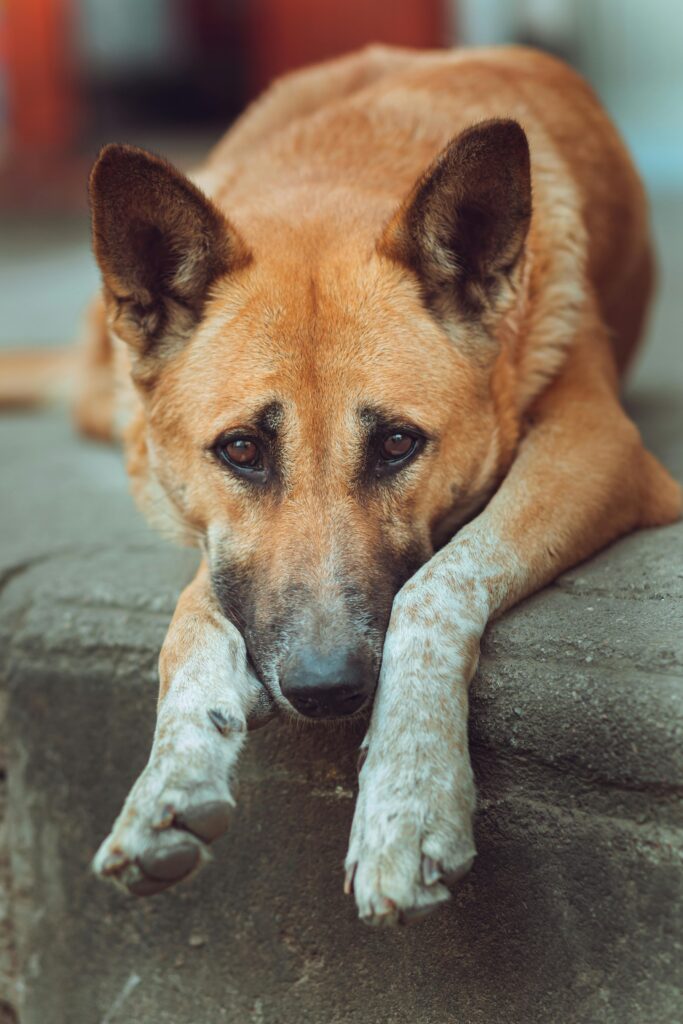
Some dogs might physically shake or tremble when they’re upset or scared. If your dog is trembling after a stressful event like a vet visit or a loud argument, they might be mad or scared. Comfort them with soft words and gentle petting.
13. Showing You Their Belly, But Not in a Playful Way

When a dog rolls onto their back with tense body language, they may be showing submission due to stress or frustration. Unlike playful belly rub requests, this behavior can signal that they’re feeling upset or uncomfortable. Try to calm them with affection and reassurance.
14. Leaving the Room

If your dog leaves the room after a scolding or an incident, it’s their way of showing displeasure. They might be distancing themselves because they feel hurt. Give them time to return when they’re ready, and approach with a calm demeanor.
15. Growling (Without Provocation)
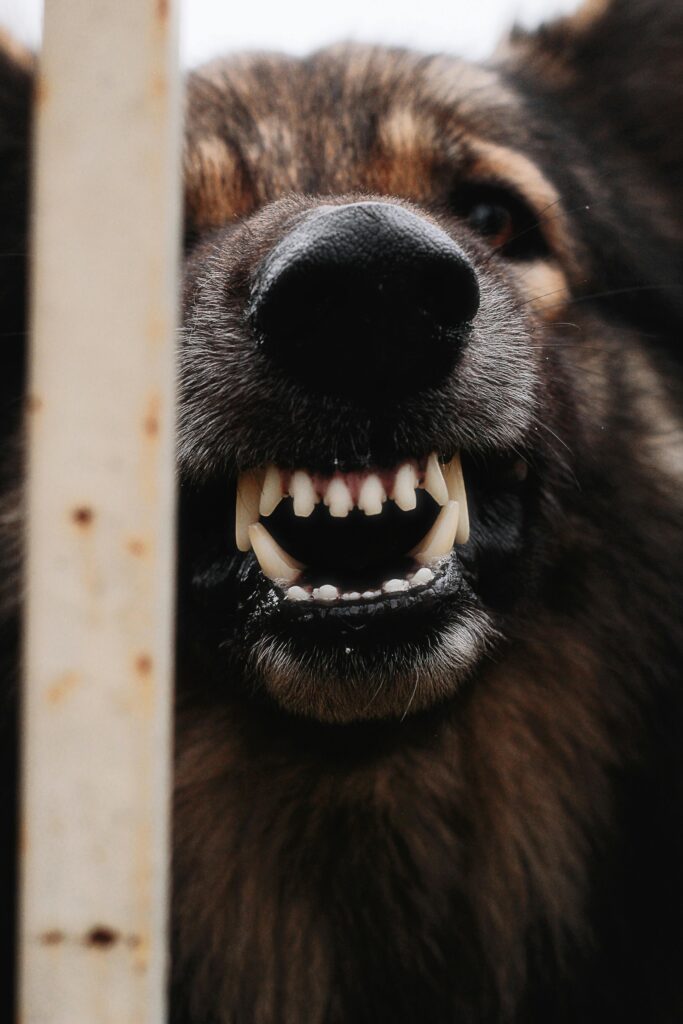
Occasional growling can be a dog’s way of expressing frustration. If your dog growls at you during a situation where they normally wouldn’t, it might be a sign they’re upset or stressed. Always respect this sign and give them space before trying to calm the situation.


